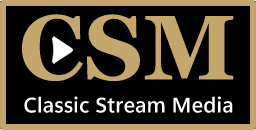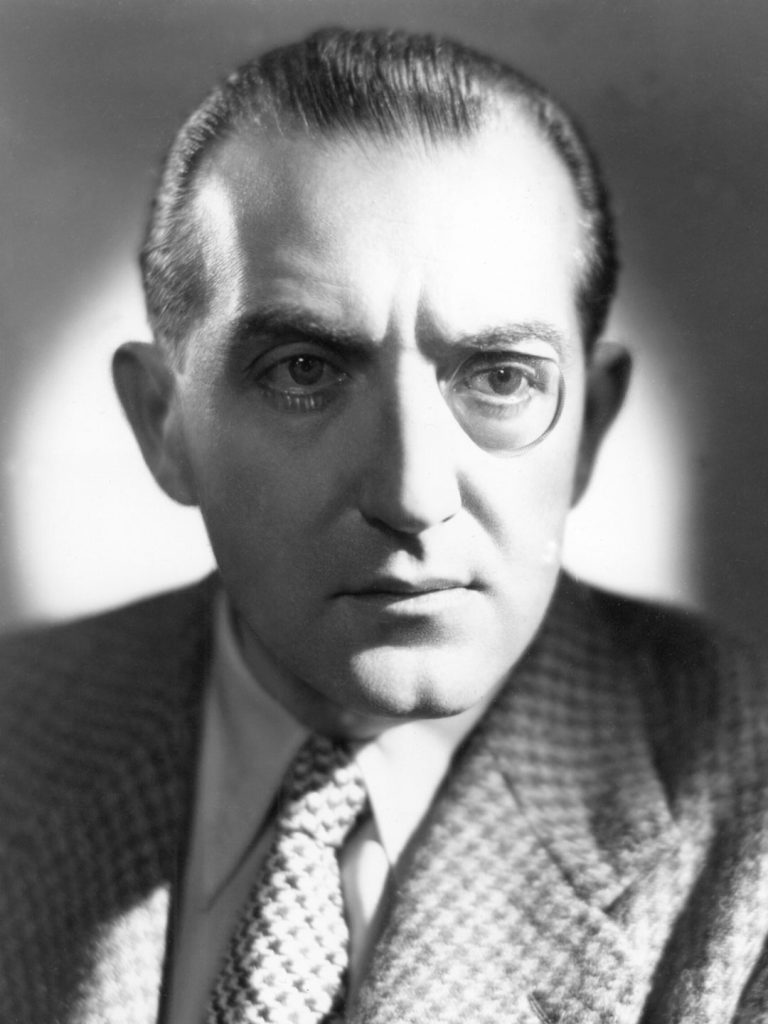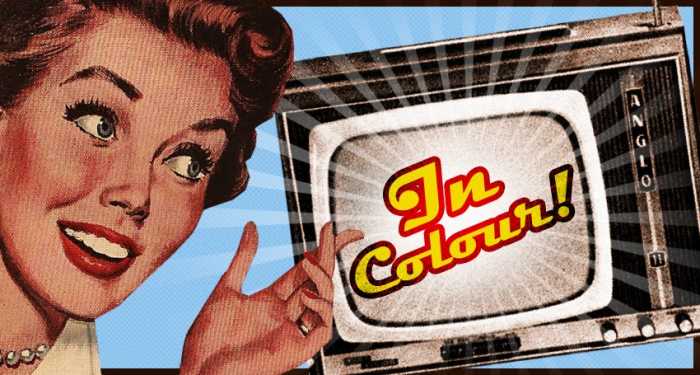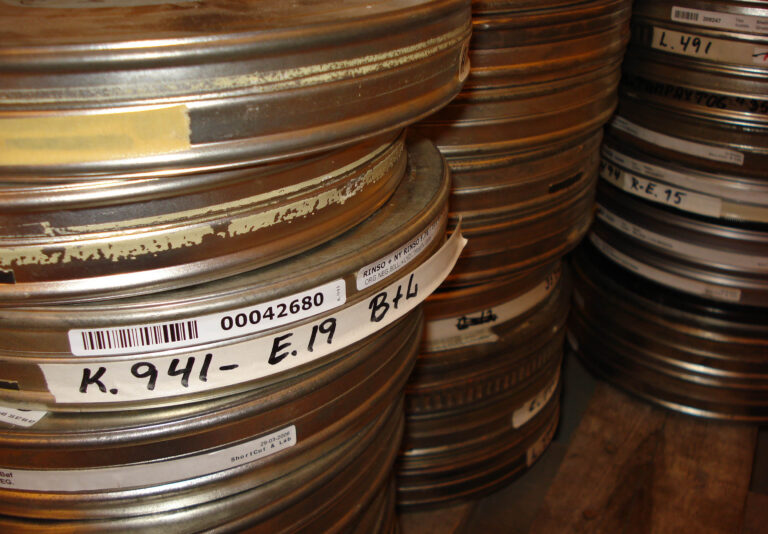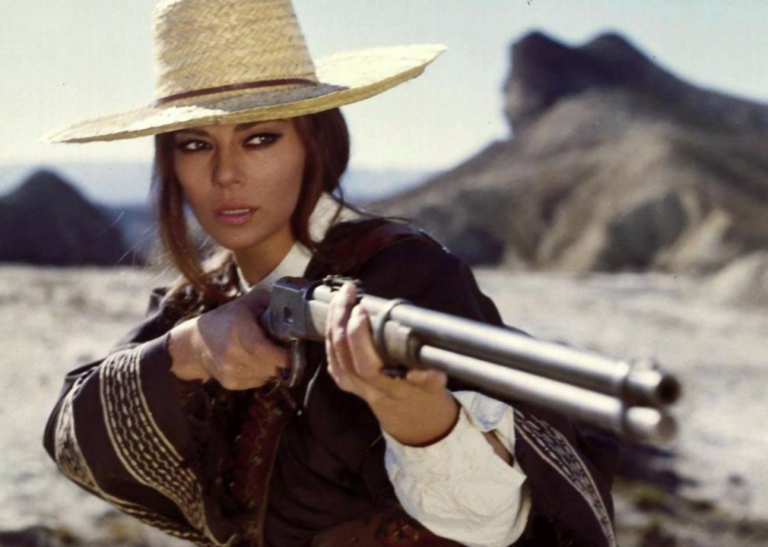“Reel Rewind: A Comprehensive Look at the Evolution of Classic Film Technology” – Dive into the technological advancements that shaped classic cinema, from early silent films to colorization and special effects.
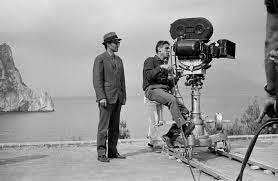
Classic cinema holds a special place in the hearts of movie enthusiasts, transporting us to bygone eras and captivating us with timeless stories. Behind these cinematic masterpieces lies a fascinating journey of technological innovation that revolutionized the way films were made and experienced. From the advent of early silent films to the introduction of colorization and groundbreaking special effects, the evolution of classic film technology has left an indelible mark on the world of cinema. In this blog post, we dive into the key technological advancements that shaped classic cinema and continue to influence filmmaking to this day.
The Birth of Silent Films: A Pioneering Era The journey of classic film technology begins with the birth of silent films in the late 19th and early 20th centuries. During this pioneering era, filmmakers faced significant challenges in capturing and projecting moving images. Early film cameras and projectors were rudimentary, leading to low-resolution and flickering visuals. Yet, the magic of storytelling and the novelty of moving images captivated audiences, setting the stage for a transformative era in cinema.
The Advent of Sound: The Talkies Arrive The 1920s marked a significant turning point with the advent of sound in films, ushering in the era of “talkies.” The introduction of synchronized sound revolutionized the cinematic experience, allowing actors to speak onscreen and bringing a new dimension to storytelling. Sound-on-disc and sound-on-film technologies emerged, offering improved audio quality and paving the way for a new era of filmmaking.
The Technicolor Revolution: A World of Vibrant Hues In the 1930s, Technicolor emerged as a game-changer in classic film technology. The colorization process added a breathtaking array of vibrant hues to the silver screen, transforming the visual aesthetics of cinema. Iconic films like “The Wizard of Oz” (1939) and “Gone with the Wind” (1939) showcased the stunning capabilities of Technicolor, captivating audiences with their breathtaking visuals.
Special Effects and Advancements in Cinematography As technology advanced, filmmakers explored the possibilities of special effects and advancements in cinematography. In the 1940s and beyond, the use of rear projection, miniatures, and optical effects enriched the storytelling process, enabling filmmakers to create magical worlds and visually stunning scenes.
The Rise of Widescreen and CinemaScope In the 1950s, widescreen formats like CinemaScope revolutionized the cinematic experience. These technologies allowed for a broader aspect ratio, immersing audiences in sweeping vistas and grandiose landscapes. Epic films like “Ben-Hur” (1959) and “Lawrence of Arabia” (1962) embraced widescreen formats, leaving an indelible impact on classic cinema.
The Digital Age: From Analog to Digital Filmmaking In the late 20th century, the transition from analog to digital filmmaking marked another pivotal moment in classic film technology. Digital cameras and editing tools offered greater flexibility and efficiency in the filmmaking process, giving rise to a new generation of filmmakers and storytelling possibilities.
The evolution of classic film technology is a testament to human creativity, ingenuity, and determination to push the boundaries of artistic expression. From the silent film era to the advent of sound, the introduction of colorization and special effects, and the rise of widescreen and digital filmmaking, each technological advancement has shaped the art of cinema in profound ways. As we revisit classic films, we are reminded of the magic of the silver screen and the enduring legacy of these technological innovations. Today, as filmmakers continue to explore cutting-edge technologies, we pay homage to the remarkable journey that brought us the timeless classics we cherish and the promising future of cinematic storytelling.
